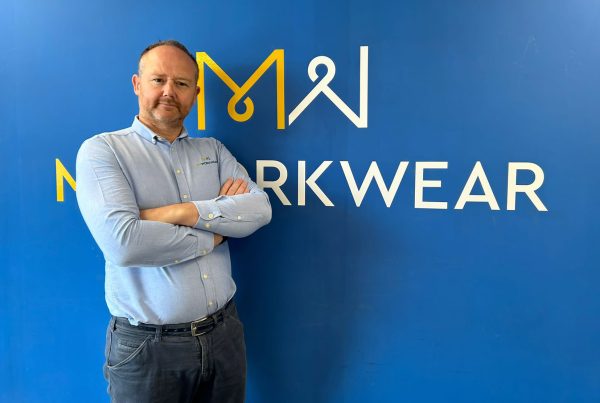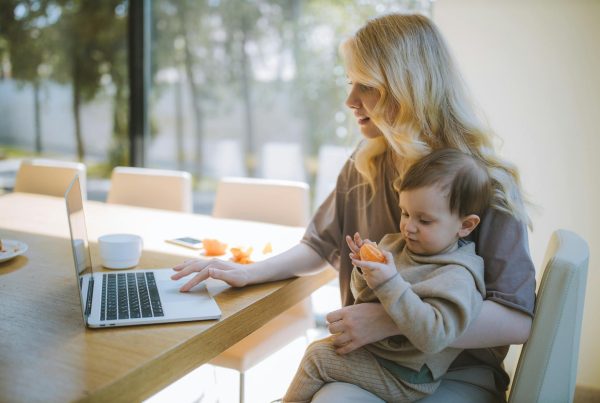- Women more likely to feel fatigue
- Men more likely to drink over 14 units of alcohol per week and smoke more
Analysis of new employee data from Vitality, in collaboration with Aon plc�(NYSE: AON), shows key imbalances between genders at work in the UK, which, if left unchecked, can challenge employers� Diversity, Equity and Inclusion (DE&I) progress. The findings come from a survey of more than 8,500 employees in organisations across the UK to determine�Britain�s Healthiest Workplace.
The research shows gender imbalances in employee wellbeing across all groups � men, women and those who identify as “other�. For instance, the average amount of time lost due to absence was similar for men and women (6.4 vs. 7.2 days). However, when asked to self-report on productive time lost due to presenteeism, women felt they lost more time (47 days per year vs. 39 days per year for men).
When lifestyle data was examined, 32.5 percent of men self-reported drinking over 14 units of alcohol a week compared to 19.5 percent of women. Men also reported smoking more (9.2 percent vs. 8.3 percent women). By contrast, 29.4 percent of men said they had their blood pressure, glucose and cholesterol measured in the past 12 months, compared to 20.1 percent of women. Conversely, women reported undertaking less physical exercise compared to their male colleagues (42.8 percent vs. 33.4 percent) but were more likely to eat five portions of fruit and vegetables every day (52.2 percent vs. 42.1 percent).
In addition, more women reported having one or more chronic health conditions compared to men (45.3 percent vs. 36.4 percent), while also having more musculoskeletal conditions – at least two types – than men (64.4 percent vs. 52.2 percent). Feeling fatigued or very tired at least once a week was self-reported more often by women than men (57.3 percent of women�s to men�s 48 percent), as was the likelihood of experiencing burnout (22 percent to men�s 18.5 percent).
In the workplace, men reported that they were less likely to share the values of their employer (76.5 percent vs. 81.9 percent for women) and felt more dissatisfied with their job than women�(31 percent to women�s 28.4 percent). There was a wide variance between men (50.8 percent) and women (33.6 percent) who said that their employer provides them with volunteering opportunities and supports them financially to do so.
Britain�s Healthiest Workplace Survey also recorded responses from people who identified their gender as �other�; however, there weren�t sufficient figures to derive statistically significant conclusions.
Dr Jeanette Cook, principal strategic consultant�for Health Solutions at Aon in the UK,�said:
�There is a clear imbalance between genders across most metrics in this survey with the data suggesting that a lot of employers are not yet in the right place to manage the differences. Many studies have shown the benefits of having a diverse workforce – not least gains in productivity, performance, innovation and reputation. Companies cannot afford to be wrong-footed regarding gender variations in health and wellbeing needs.
�From a prospective candidate�s perspective, a future employer having a meaningful Employee Value Proposition is an essential consideration when choosing their next job. The balance for employers, then, is to ensure that DE&I and health and wellbeing programmes support retention and recruitment.�
Dr Jeanette Cook continued:
�These results show the challenges employers need to understand and overcome. For instance, we can see women self-reported losing more productive days due to presenteeism but is this due to different interpretations of presenteeism between genders? Women also experience more stress and exercise less. Men report a higher rate of alcohol consumption, but this may be a coping strategy for managing stress. What barriers might they be facing that makes this the case?
�A one-size-fits-all approach does not work with health and wellbeing. Employers need to look at their own data in context with industry insights to gain greater understanding of the issues that are present within their workforce and to build resilience. While there are some basic and common wellbeing needs, to be most effective, organisations will need to develop flexible wellbeing programmes specifically tailored to their unique business sector and workforce.�
Aon is the consulting partner to Vitality�s Britain�s Healthiest Workplace survey, which is available�here.
More information about how Aon helps businesses build resilient workforces is available�here.
—
References
Vitality surveyed 8,500 employees whose companies took part in Britain�s Healthiest Workplace research from 29 March to 30 September 2022.
Presenteeism is defined as working at less-than-optimal levels, which can only be assessed by asking individuals. The challenge for researchers � as well as employers � has been how to measure presenteeism. A consensus has emerged around a range of survey tools that can generate proxies. One widely validated tool for self-reported absence and presenteeism�is the Work Productivity and Activity Impairment (WPAI) questionnaire. The WPAI has been used in a wide range of studies to measure the loss of productivity from both general health problems as well as from specific conditions. In the Britain�s Healthiest Workplace survey, the general health WPAI (WPAI-GH) has been used.
Under the WPAI-GH, the determination of presenteeism is made using the following question, on the basis of a seven-day recall period:
During the past seven days, how much did health problems affect your productivity while you were working?�Think about days you were limited in the amount or kind of work you could do, days you accomplished less than you would like, or days you could not do your work as carefully as usual.�If health problems affected your work only a little, choose a low number. Choose a high number if health problems affected your work a great deal.�
This is a 0 to 10 scale, where 0 means health problems had no effect on your work, and 10 means that health problems completely prevented you from working. If you choose a presenteeism level of 2, for example, it means that you were fully productive for 80 percent of your working time, and that you had no productivity for 20 percent of the time.
About Aon�
Aon plc�(NYSE: AON) exists to shape decisions for the better � to protect and enrich the lives of people around the world. Our colleagues provide our clients in over 120 countries and sovereignties with advice and solutions that give them the clarity and confidence to make better decisions to protect and grow their business.



